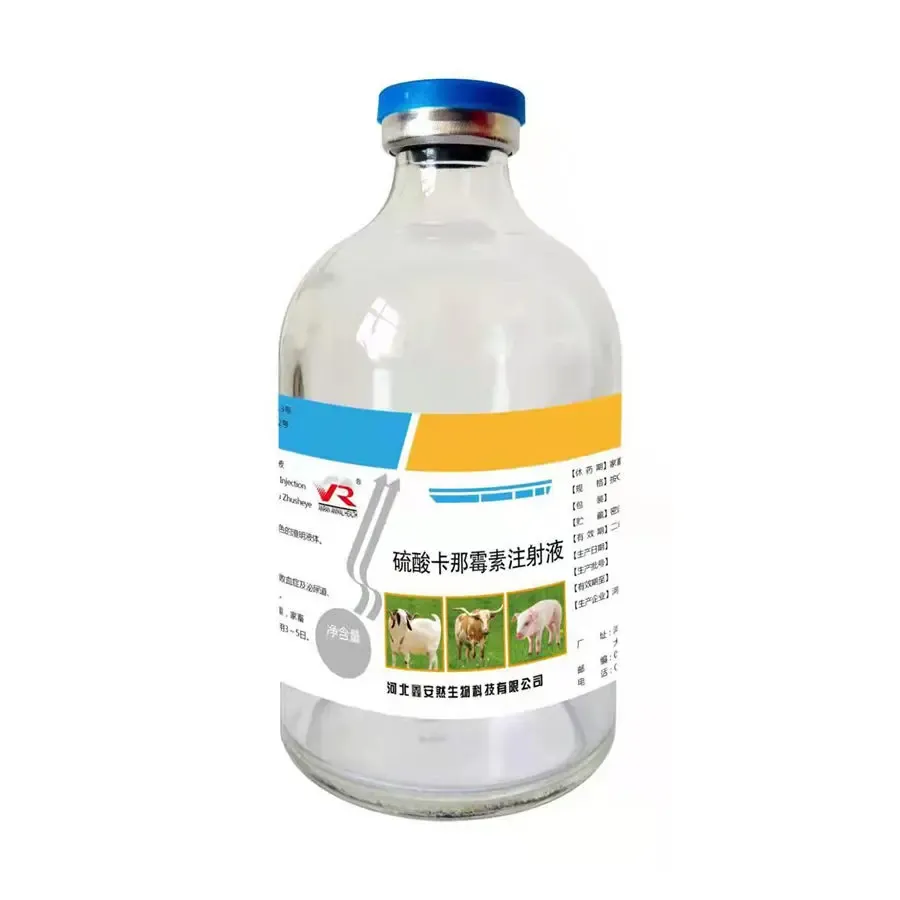- Afrikaans
- Albanian
- Amharic
- Arabic
- Armenian
- Azerbaijani
- Basque
- Belarusian
- Bengali
- Bosnian
- Bulgarian
- Catalan
- Cebuano
- Corsican
- Croatian
- Czech
- Danish
- Dutch
- English
- Esperanto
- Estonian
- Finnish
- French
- Frisian
- Galician
- Georgian
- German
- Greek
- Gujarati
- Haitian Creole
- hausa
- hawaiian
- Hebrew
- Hindi
- Miao
- Hungarian
- Icelandic
- igbo
- Indonesian
- irish
- Italian
- Japanese
- Javanese
- Kannada
- kazakh
- Khmer
- Rwandese
- Korean
- Kurdish
- Kyrgyz
- Lao
- Latin
- Latvian
- Lithuanian
- Luxembourgish
- Macedonian
- Malgashi
- Malay
- Malayalam
- Maltese
- Maori
- Marathi
- Mongolian
- Myanmar
- Nepali
- Norwegian
- Norwegian
- Occitan
- Pashto
- Persian
- Polish
- Portuguese
- Punjabi
- Romanian
- Russian
- Samoan
- Scottish Gaelic
- Serbian
- Sesotho
- Shona
- Sindhi
- Sinhala
- Slovak
- Slovenian
- Somali
- Spanish
- Sundanese
- Swahili
- Swedish
- Tagalog
- Tajik
- Tamil
- Tatar
- Telugu
- Thai
- Turkish
- Turkmen
- Ukrainian
- Urdu
- Uighur
- Uzbek
- Vietnamese
- Welsh
- Bantu
- Yiddish
- Yoruba
- Zulu
10 月 . 07, 2024 17:18 Back to list
ivermectin 1 injection for cattle & swine
Ivermectin 1% Injection for Cattle and Swine An Overview
Ivermectin, a broad-spectrum antiparasitic agent, has become a crucial component in livestock management, particularly for cattle and swine
. The 1% ivermectin injection formulation is widely utilized due to its efficacy in controlling various internal and external parasites, thereby enhancing the health and productivity of these animals.Ivermectin works by disrupting the neuromuscular transmission in parasites, leading to paralysis and death. This mechanism of action primarily targets a range of nematodes and arthropods, including lice, mites, and worms. In cattle, ivermectin is effective against parasites such as Ostertagia, Haemonchus, and Cooperia, while in swine, it targets Ascaris, Strongyloides, and various ectoparasites. By reducing the burden of these parasites, ivermectin contributes to improved weight gain, feed conversion, and overall herd health.
The administration of ivermectin 1% injection is relatively straightforward. It is typically given subcutaneously or intramuscularly, and the dosage is calculated based on the weight of the animal. It is crucial for livestock producers to follow recommended dosages to maximize efficacy and minimize the risk of resistance development. Regular monitoring and strategic deworming schedules play a significant role in responsible ivermectin use.
ivermectin 1 injection for cattle & swine

One of the key advantages of ivermectin is its long residual activity, which means that it continues to protect livestock from reinfestation for several weeks following administration. This prolonged effect makes it an economical choice for farmers, reducing the need for frequent treatments. In addition, ivermectin is well-tolerated in cattle and swine, with a low incidence of adverse reactions when used as directed.
However, the use of ivermectin is not without challenges. The emergence of anthelmintic resistance is a growing concern in livestock production, necessitating prudent use of ivermectin and the implementation of integrated parasite management strategies. This may include rotational grazing, the use of alternative anthelmintics, and maintaining proper sanitation in animal housing to minimize parasite transmission.
In conclusion, ivermectin 1% injection stands as a valuable tool for livestock producers managing the health of cattle and swine. Its effectiveness in controlling a diverse array of parasites not only aids in maintaining animal welfare but also supports productivity within the livestock industry. As farmers continue to navigate the challenges posed by parasites, ivermectin will remain an essential component of effective herd management practices, ensuring the sustainability of livestock operations.
-
The Power of Radix Isatidis Extract for Your Health and Wellness
NewsOct.29,2024
-
Neomycin Sulfate Soluble Powder: A Versatile Solution for Pet Health
NewsOct.29,2024
-
Lincomycin Hydrochloride Soluble Powder – The Essential Solution
NewsOct.29,2024
-
Garamycin Gentamicin Sulfate for Effective Infection Control
NewsOct.29,2024
-
Doxycycline Hyclate Soluble Powder: Your Antibiotic Needs
NewsOct.29,2024
-
Tilmicosin Premix: The Ultimate Solution for Poultry Health
NewsOct.29,2024













